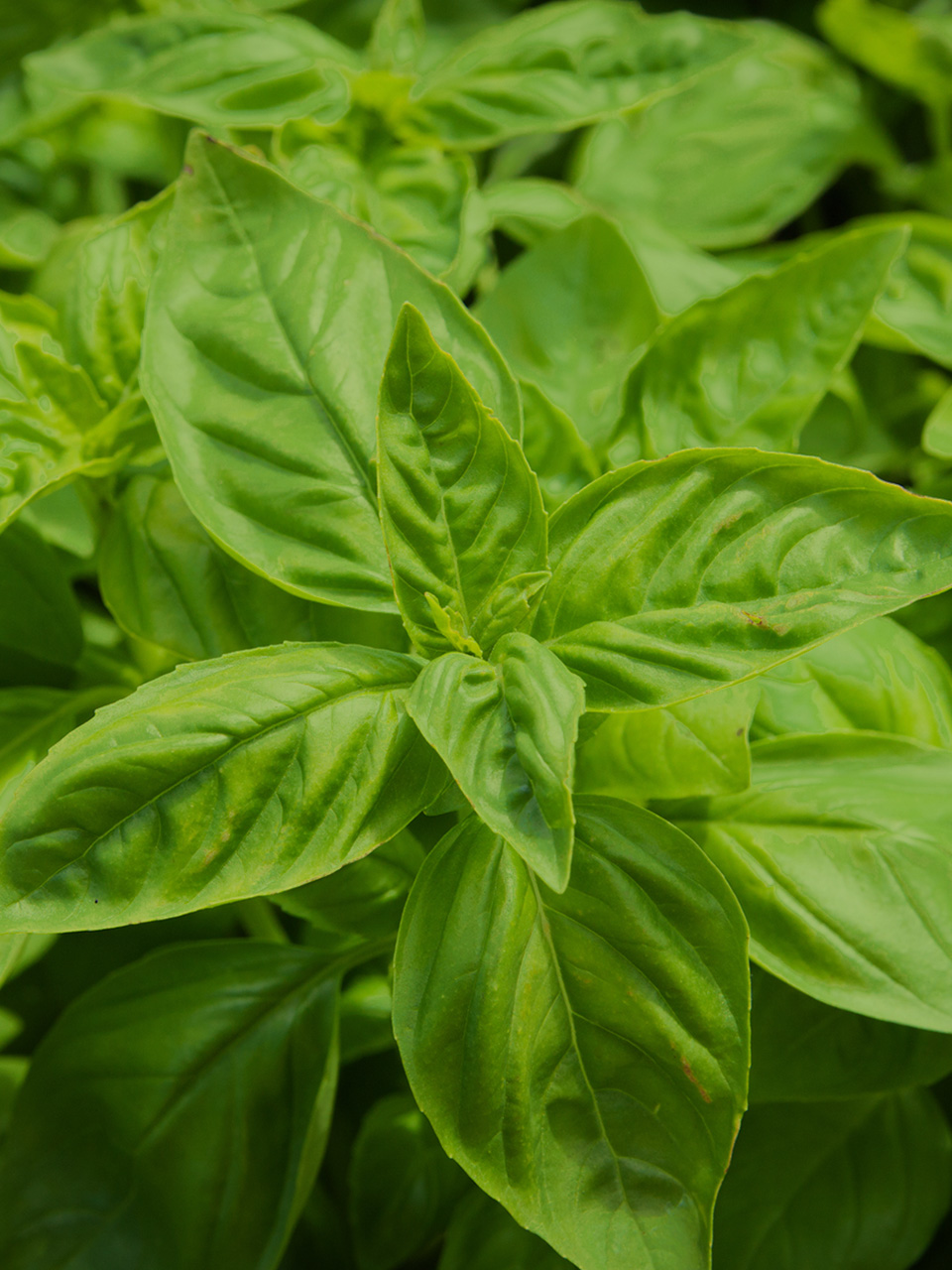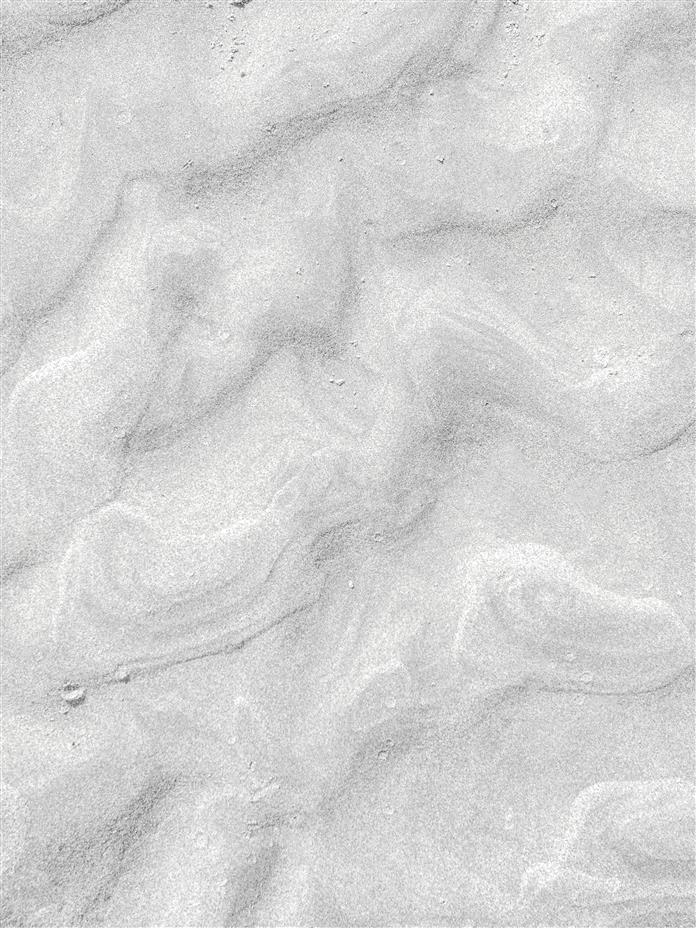Practicing natural remedies for getting rid of phlegm involves the use of herbs for expectoration. This story presents a list of common expectorant herbs, which help to induce productive coughing and shorten cough episodes.

Tap to Read ➤
Expectorant Herbs
Ningthoujam Sandhyarani


Practicing natural remedies for getting rid of phlegm involves the use of herbs for expectoration. This story presents a list of common expectorant herbs, which help to induce productive coughing and shorten cough episodes.

When it comes to treating frequently occurring ailments, like cold and cough, nothing could be better than relying on effectual natural remedies. As we all are aware, repeated ingestion of over-the-counter and prescription allopathic drugs is accompanied with a string of side effects.

As for dealing with productive cough, a plethora of expectorator herbs are available, which aid in loosening mucus and promoting its removal from the air passages and lungs.

List of Expectorant Herbs

Mucus buildup in the nose, chest and lungs is a normal consequence of respiratory tract infections. This in turn causes congestion and discomfort problems in breathing. Coughing is a natural way to get rid of excess mucus or any foreign particle from the airways.

Although congestion clears on its own without the use of herbs or medications, using natural expectorants help stimulate the removal of mucus from lungs. Here are some medicinal herbs that have expectorant properties.

Angelica
Other Names: Angelica root
Parts Used: Both underground and aerial parts
Angelica (Angelica archangelica) is effectual for treating common infections, digestive disorders and women health problems. It clears chest congestion and opens the breathing pathways. While the active components are present in high percentage in the root portion, the foliage, stem and seeds are used for therapeutic purposes.
Parts Used: Both underground and aerial parts
Angelica (Angelica archangelica) is effectual for treating common infections, digestive disorders and women health problems. It clears chest congestion and opens the breathing pathways. While the active components are present in high percentage in the root portion, the foliage, stem and seeds are used for therapeutic purposes.

Anise
Other Names: Aniseed, anise seed
Parts Used: Seeds and dried fruits
Scientifically known as Pimpinella anisum, it is used as an expectorant, carminative and an aphrodisiac herb. In the market, you will come across herbal cough drops and lozenges based on anise seeds. Anise essential oil along with a carrier ingredient is used in aromatherapy for getting rid of dry cough.
Parts Used: Seeds and dried fruits
Scientifically known as Pimpinella anisum, it is used as an expectorant, carminative and an aphrodisiac herb. In the market, you will come across herbal cough drops and lozenges based on anise seeds. Anise essential oil along with a carrier ingredient is used in aromatherapy for getting rid of dry cough.

Basil
Other Names: Sweet basil
Parts Used: Leaves
An aromatic plant of the mint family, the leaves of basil (Ocimum basilicum) are used for therapeutic and culinary purposes. When crushed, the fresh leaves smell of cloves. Basil is a wonderful herb for treating cold, cough and diseases related to the lungs, heart and bladder. In addition to leaves, basil essential oil can be used for phlegm expectoration.
Parts Used: Leaves
An aromatic plant of the mint family, the leaves of basil (Ocimum basilicum) are used for therapeutic and culinary purposes. When crushed, the fresh leaves smell of cloves. Basil is a wonderful herb for treating cold, cough and diseases related to the lungs, heart and bladder. In addition to leaves, basil essential oil can be used for phlegm expectoration.

Coltsfoot
Other Names: Coughwort, colt's foot
Parts Used: Foliage, stem
For treatment of cold and cough, tea prepared with coltsfoot (Tussilago farfara) is an effectual remedy. This herb works great for clearing congestion in the nose, sinuses and lower respiratory tract. It soothes throat irritation and at the same time, loosens mucus for easy expelling.
Parts Used: Foliage, stem
For treatment of cold and cough, tea prepared with coltsfoot (Tussilago farfara) is an effectual remedy. This herb works great for clearing congestion in the nose, sinuses and lower respiratory tract. It soothes throat irritation and at the same time, loosens mucus for easy expelling.

Elecampane
Other Names: Horseheal, wild sunflower
Parts Used: Flowers, rhizome
Elecampane (Inula helenium) is a medicinal herb that relaxes bronchial spasms, and stimulates mucus clearance from the throat and lungs. Overall, it is considered as a respiratory tonic, owing to its curative properties. The root part is used for ensuring problem free breathing during cold episodes.
Parts Used: Flowers, rhizome
Elecampane (Inula helenium) is a medicinal herb that relaxes bronchial spasms, and stimulates mucus clearance from the throat and lungs. Overall, it is considered as a respiratory tonic, owing to its curative properties. The root part is used for ensuring problem free breathing during cold episodes.

Eucalyptus
Other Names: Blue gum, fever tree
Parts Used: Leaves
Eucalyptus (Eucalyptus globulus) is one of the best expectorant herbs. This is understandable from the fact that eucalyptus extract and oils are used as constituent ingredients in many cough syrups. It reduces congestion in the nasal passages and breathing passages, thereby serving as both an expectorant and a decongestant.
Parts Used: Leaves
Eucalyptus (Eucalyptus globulus) is one of the best expectorant herbs. This is understandable from the fact that eucalyptus extract and oils are used as constituent ingredients in many cough syrups. It reduces congestion in the nasal passages and breathing passages, thereby serving as both an expectorant and a decongestant.

Garlic
Other Names: Garlic bulb, poor man's treacle
Parts Used: Underground bulbs
Garlic (Allium sativum) is known for its remarkable property in warding off infections. Apart from this, it helps in getting rid of excess mucus, treating fever, lowering blood pressure and reducing cholesterol levels. Garlic bulb is inexpensive and readily available, thus making an excellent herb for all.
Parts Used: Underground bulbs
Garlic (Allium sativum) is known for its remarkable property in warding off infections. Apart from this, it helps in getting rid of excess mucus, treating fever, lowering blood pressure and reducing cholesterol levels. Garlic bulb is inexpensive and readily available, thus making an excellent herb for all.

Ginger
Other Names: Ginger root
Parts Used: Fresh and dried rhizome
Abundantly available and easy to use, ginger (Zingiber officinale) is included in the list of natural expectorant for kids. The thick, fleshy rhizomes can be used in raw or dried forms. A common way of using ginger as a cough expectorant is making tea and serving it hot. It also helps in treating cold by warming up and inducing sweating.
Parts Used: Fresh and dried rhizome
Abundantly available and easy to use, ginger (Zingiber officinale) is included in the list of natural expectorant for kids. The thick, fleshy rhizomes can be used in raw or dried forms. A common way of using ginger as a cough expectorant is making tea and serving it hot. It also helps in treating cold by warming up and inducing sweating.

Horehound
Other Names: White horehound
Parts Used: All aerial parts
Parts Used: All aerial parts

The therapeutic applications of white horehound (Marrubium vulgare) are numerous and impressive too. However, the expectorant action of this herb is attributed to an active ingredient called marrubiin. In the United States, Europe and many other countries, this herb is used as a base for formulating lozenges and cough syrups.

Hyssop
Other Names: Not applicable
Parts Used: Leaves, flowers
Both plant parts of hyssop (Hyssopus officinalis) and hyssop essential oil are used for combating infections in the respiratory tract. They are reliable expectorants, which help relieve bronchial spasm and dilute phlegm. The flowers and leaves of this medicinal plant are used in making tea, while hyssop oil is used in aromatherapy.
Parts Used: Leaves, flowers
Both plant parts of hyssop (Hyssopus officinalis) and hyssop essential oil are used for combating infections in the respiratory tract. They are reliable expectorants, which help relieve bronchial spasm and dilute phlegm. The flowers and leaves of this medicinal plant are used in making tea, while hyssop oil is used in aromatherapy.

Licorice
Other Names: Licorice root, sweet wood
Parts Used: Roots after drying
Parts Used: Roots after drying

In herbal medicine, licorice is (Glycyrrhiza glabra) documented as an anti-inflammatory and expectorant herb. Having licorice tea is a simple way to soothe cough, which also gives a relaxing effect to the body. The dried roots of licorice are effectual for combating asthma, bronchitis and other diseases related to the respiratory system.

Mullein
Other Names: Aaron's rod, flannel plant
Parts Used: Leaves, dried petals, roots
Parts Used: Leaves, dried petals, roots

Listing the types of expectorant herbs will not be complete without mullein (Verbascum thapsus). It possesses expectorant and antiseptic properties, thus serving as a potent herb to combat respiratory tract infections. Mullein tea gives a protective covering to sore throat and speeds up mucus expectoration.

Thyme
Other Names: Common Thyme, wild thyme
Parts Used: Leave, stem, flower
Parts Used: Leave, stem, flower

Thyme (Thymus vulgaris) is a common herb in cooking as well as in alternative medicine. A strong expectorant, this aromatic herb is used in tea making to stimulate productive cough. It also works by treating infections and suppressing cough effectually. One can use sweetening agent to improve taste of thyme tea.

Wild Cherry Bark
Other Names: Chokecherry, black cherry
Parts Used: Fruit, bark
Parts Used: Fruit, bark

As the name goes, wild cherry (Prunus serotina) shares the same genus and taxonomic family with cherry. It is best used for reducing cough, diluting phlegm that gets accumulated in the lungs, and treating pulmonary problems. This herb acts as an expectorant and a sedative. Thus, it is also useful for calming dry coughs.

While using any of the above listed expectorant herbs, strict monitoring over purity, intake form, safe dosage and precautions (if any) is essential to get prompt results. Thus, to be on the safe side, consult a herbalist and follow the suggested recommendations. In case of any abnormal signs after taking herbs for expectoration, stop using them and seek advice from the concerned expert.